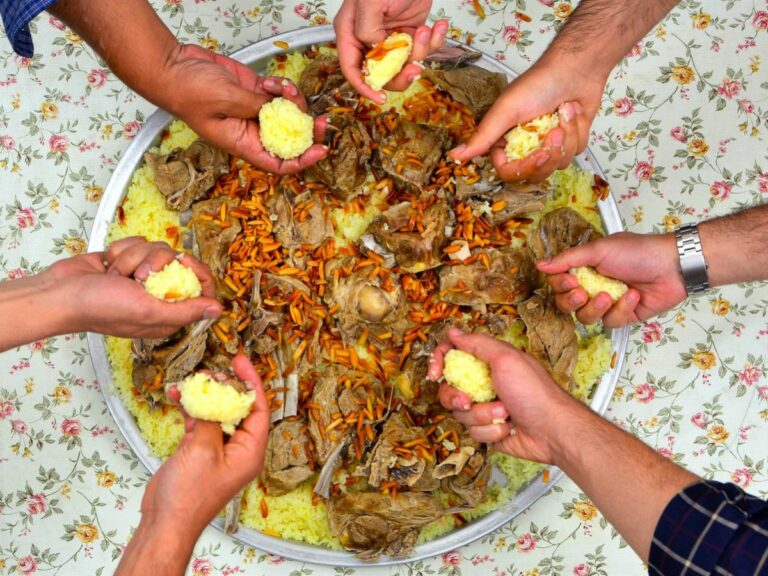Ukrainian Cuisine: Historical and Cultural Influences
Ukrainian cuisine is a reflection of the country’s long and rich history, encompassing various cultural influences from different eras. Ukraine’s strategic location at the crossroads of Asia and Europe has led to a melting pot of cultures that has shaped the country’s culinary traditions.
Ukrainian food is characterized by its simplicity and use of fresh, locally sourced ingredients such as vegetables, grains, meats, and dairy products. The cuisine is deeply rooted in the country’s agricultural heritage and is heavily influenced by the seasons and the availability of produce.
Cossack Cuisine: The Pride of Ukraine
Cossack cuisine is a significant part of Ukrainian culinary tradition that has been passed down through generations. The Cossacks were a group of independent and brave warriors who inhabited the lands of Ukraine in the 16th and 17th centuries. Their way of life and diet were characterized by simplicity, abundance, and naturalness.
Cossack cuisine features dishes such as salo (cured pork fat), kasha (a type of porridge), and borscht (a soup made from beets). These dishes are still popular today and are considered to be some of the most iconic and beloved foods in Ukraine.
The Rich and Diverse Flavors of Ukrainian Cuisine
Ukrainian cuisine is known for its rich and diverse flavors, which are a result of the country’s geographical location and cultural influences. The cuisine features a wide range of dishes with different tastes and textures, from hearty stews and soups to delicate pastries and desserts.
One of the most popular and flavorful dishes in Ukrainian cuisine is varenyky (dumplings), which are filled with potato, cheese, or meat. Another beloved dish is holubtsi (stuffed cabbage rolls), which are filled with a mixture of rice and meat and are cooked in a savory tomato sauce.
Culinary Influences from the Mongols and Tartars
The Mongols and Tartars invaded Ukraine in the 13th century and left a lasting culinary influence on the region. These nomadic tribes brought with them techniques for cooking meat over an open flame, which led to the creation of dishes such as shashlik (skewered meat) and kovbyky (fried meat).
The Mongols and Tartars also introduced new spices and herbs to Ukrainian cuisine, such as cumin and coriander, which are still used today in dishes such as borscht and shashlik.
Ukrainian Cuisine: The Legacy of the Kievan Rus
The Kievan Rus was a powerful state that existed in Ukraine from the 9th to the 13th century. The legacy of the Kievan Rus can be seen in Ukrainian cuisine, which features dishes such as perepichka (deep-fried dough) and pidpenky (mushrooms cooked in sour cream).
The Kievan Rus also introduced the use of honey in cooking, which is still a popular ingredient in Ukrainian desserts such as medivnyk (honey cake).
From Borscht to Varenyky: Iconic Ukrainian Dishes and Their Roots
Borscht is perhaps the most iconic Ukrainian dish, and its roots can be traced back to the 16th century. The soup is made with beets, potatoes, cabbage, and meat and is often served with sour cream and fresh dill.
Another iconic dish in Ukrainian cuisine is varenyky, which are boiled dumplings filled with various ingredients such as potatoes, cheese, or meat. Varenyky are believed to have originated in the Kievan Rus and are a staple in Ukrainian households to this day.
In conclusion, Ukrainian cuisine is a reflection of the country’s long and rich history, encompassing various cultural influences from different eras. The cuisine is characterized by its simplicity, use of fresh ingredients, and rich and diverse flavors. From borscht to varenyky, Ukrainian cuisine has a unique identity that continues to evolve and thrive.










